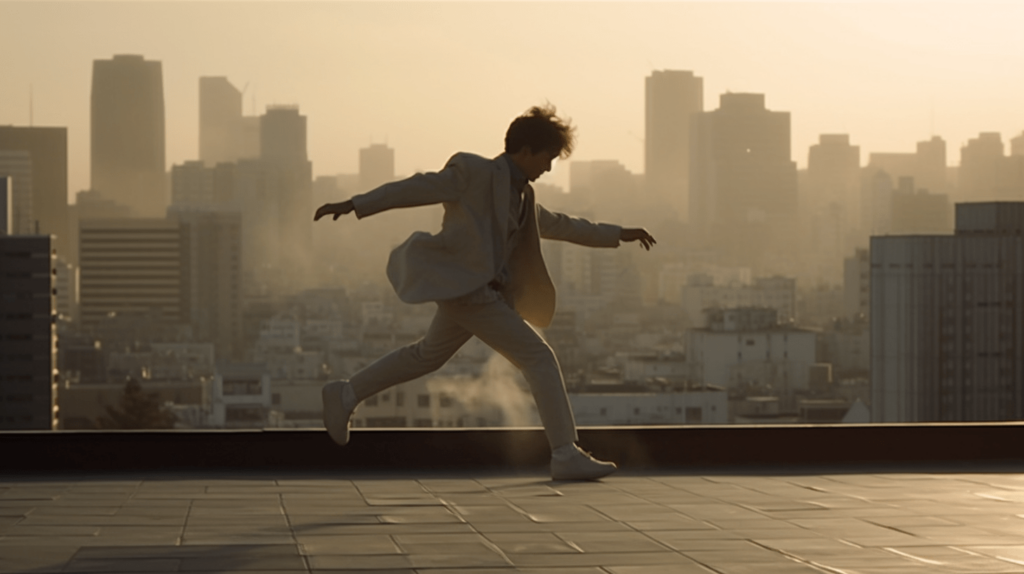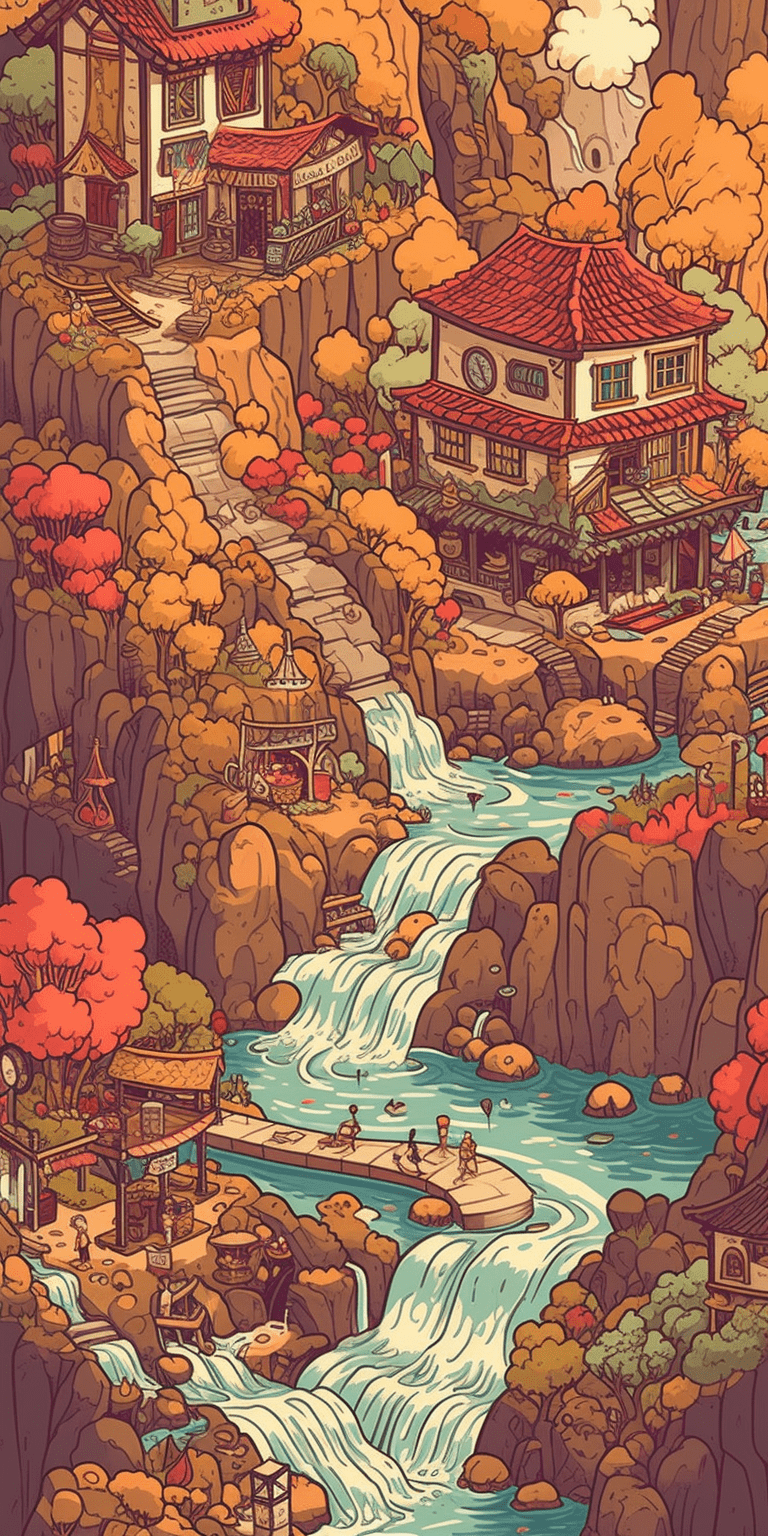In the blossoming world of digital assets, Non-Fungible Tokens (NFTs) have emerged as a fascinating blend of art, technology, and investment. However, many are deterred by the perceived cost and complexity of creating an NFT. Fortunately, creating an NFT on a budget is not only possible, but it’s also within reach for anyone with a little know-how and creativity. In this article, we’ll break down free methods you can use to make your own NFT, helping you take your first steps in the world of digital art without breaking the bank.

Understanding NFTs and Their Value
Before we dive into the nitty-gritty of how to create an NFT for free, it’s crucial to understand what exactly NFTs are and why they hold value. In essence, NFTs are unique tokens that reside on a blockchain – similar to cryptocurrencies like Bitcoin or Ethereum. However, unlike these cryptocurrencies, each NFT is unique and cannot be exchanged on a like-for-like basis.
The value of an NFT is derived from this uniqueness and the fact they can represent ownership of a digital asset, such as artwork, music, or even virtual real estate. They can also contain smart contracts, enabling additional features such as royalties for the original creator upon each sale.
Choosing the Right Blockchain
The first step in creating your NFT is selecting the right blockchain for your needs. Ethereum is the most well-known and widely used blockchain for NFTs, but it also often has high transaction fees, known as ‘gas fees.’
However, several other blockchains support NFTs and offer significantly lower gas fees. Options include the Binance Smart Chain (BSC), Flow by Dapper Labs (the creators of NBA Top Shot), and Tezos. Each of these platforms offers free or low-cost methods of minting NFTs, with user-friendly platforms and growing communities.
Creating Your Digital Asset
Next, you’ll need a digital asset to turn into an NFT. This could be digital art, a piece of music, a GIF, a meme, or even a tweet – the possibilities are endless. Various free software tools and platforms can help you create a digital masterpiece if you’re not already sitting on a hard drive full of them.
For digital art, tools such as GIMP and Canva offer robust, free options. Audacity is a great choice for audio files, and free video editing software like OpenShot can help you create visual content.
Minting Your NFT

With your chosen blockchain and digital asset in hand, it’s time to mint your NFT. Minting is the process of turning your digital asset into an NFT on the blockchain.
Each blockchain has its own process for minting, but generally, it involves uploading your digital asset, providing relevant information (like the name, description, and price), and confirming the transaction. Keep in mind that while the minting process can be free, some blockchains may charge a nominal gas fee to finalize the transaction.
Listing Your NFT on a Marketplace
Once your NFT is minted, you’ll want to list it on an NFT marketplace for others to discover and purchase. Some popular NFT marketplaces include OpenSea (Ethereum), Mintable (Ethereum), and BakerySwap (BSC). These platforms allow you to list your NFTs for sale, often without any listing fees. The marketplace will take a small commission from any sales, but this is typically only a fraction of the sale price.
When listing your NFT, consider its pricing carefully. Setting the right price can be a delicate balance – too high, and you might
detour potential buyers, too low, and you might not get the value you desire for your creation. Consider your time investment, the quality of your work, and check similar listings on the marketplace to get an idea of a reasonable price.
Promoting Your NFT
Once your NFT is listed, it’s time to get the word out. Use your social networks to share your creation and consider leveraging art-focused communities on platforms like Discord, Reddit, and Twitter. Many of these communities are highly supportive of new artists and can provide valuable feedback and exposure.
Remember, building a name and a following can take time, but don’t be discouraged. The world of NFTs is expansive and ever-growing, with plenty of room for newcomers. Keep honing your skills, interacting with the community, and creating unique pieces.
Ensuring Ethical Considerations
As you step into the world of NFTs, it’s essential to be aware of the ethical considerations involved. While NFTs open up exciting possibilities for digital artists, they have also been associated with significant environmental concerns due to the energy consumption of some blockchains. Some NFT platforms are taking steps to address these issues, such as using proof of stake (PoS) blockchains like Tezos, which consume far less energy than proof of work (PoW) blockchains like Ethereum.
Additionally, always ensure that you have the rights to any content you turn into an NFT. Infringing on someone else’s copyright can lead to serious legal consequences and damage your reputation in the community.
Final Thoughts

Entering the NFT space can be a thrilling journey, particularly when you realize that it’s possible to create an NFT on a budget using free methods. While the journey requires a certain level of technical understanding, creativity, and patience, it can open up a whole new world of opportunities for artists and creators.
In this digital era, where value and creativity are continuously being redefined, creating an NFT is a meaningful way to participate in shaping this new frontier. So, get out there, start creating, and welcome to the world of NFTs!
